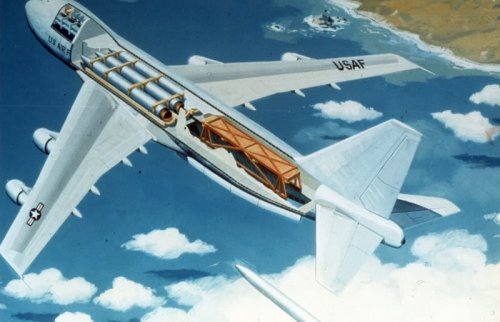As said in the thread title. How hard would it be, technically ? On paper at least, it is possible to dig a hole into the 747 rear end: see the AAC concepts, also the cruise missiles platform...
The 747-200F flew on November 30, 1971. Over the next three decades Boeing, again and again, proposed military 747s - against the KC-10, C-5B, and C-17. And they failed.
Whatif circa 1970 Boeing put a rear loading ramp on the 747-200F - just to put some pressure on Lockheed and their much maligned C-5A ?
Whatif the (baffled by the C-5A issues) US military backed the idea through PanAm and the CRAF - https://en.wikipedia.org/wiki/Civil_Reserve_Air_Fleet ?
The 747-200F flew on November 30, 1971. Over the next three decades Boeing, again and again, proposed military 747s - against the KC-10, C-5B, and C-17. And they failed.
Whatif circa 1970 Boeing put a rear loading ramp on the 747-200F - just to put some pressure on Lockheed and their much maligned C-5A ?
Whatif the (baffled by the C-5A issues) US military backed the idea through PanAm and the CRAF - https://en.wikipedia.org/wiki/Civil_Reserve_Air_Fleet ?



